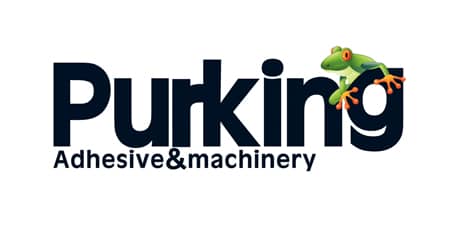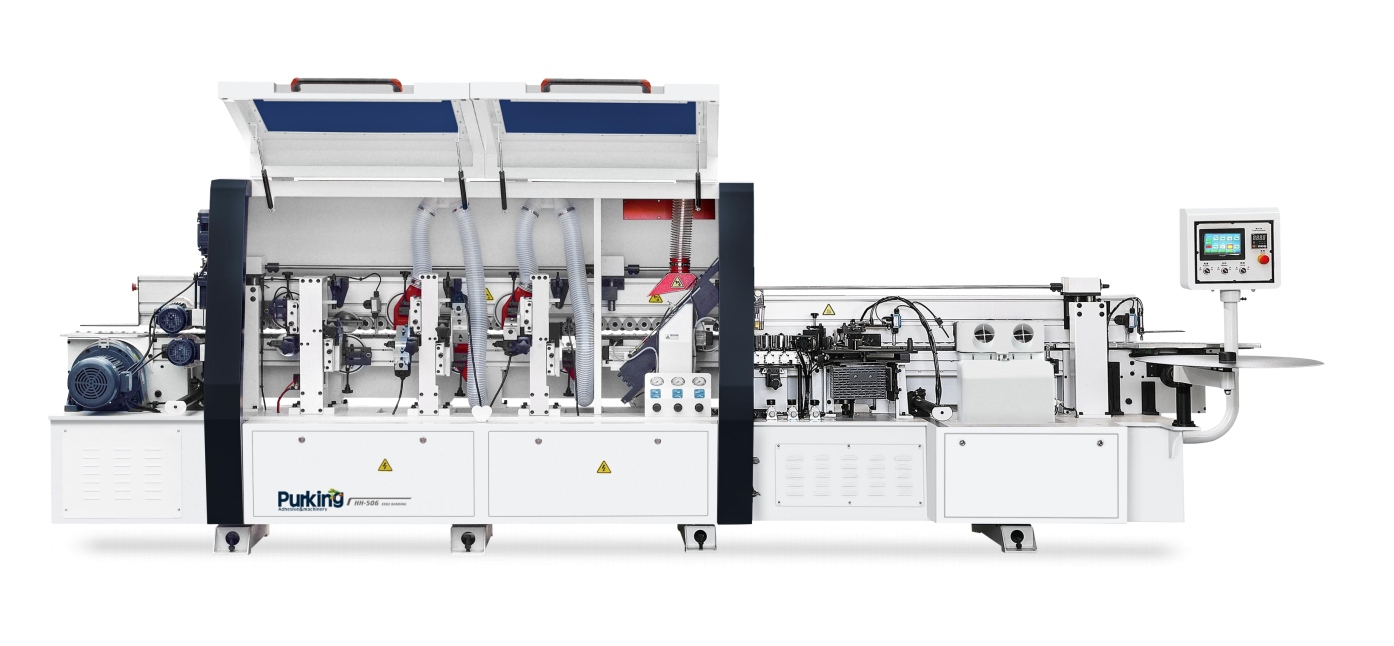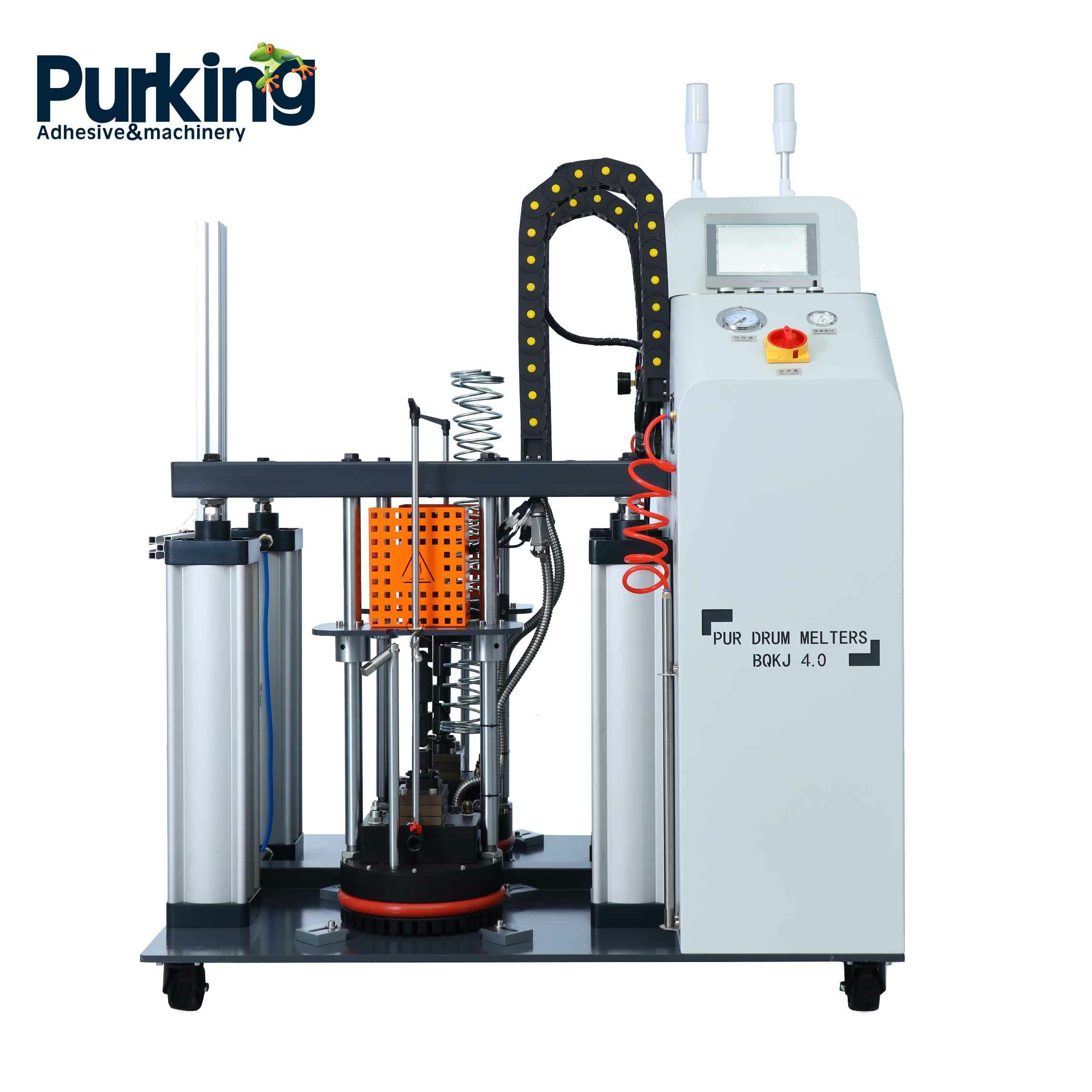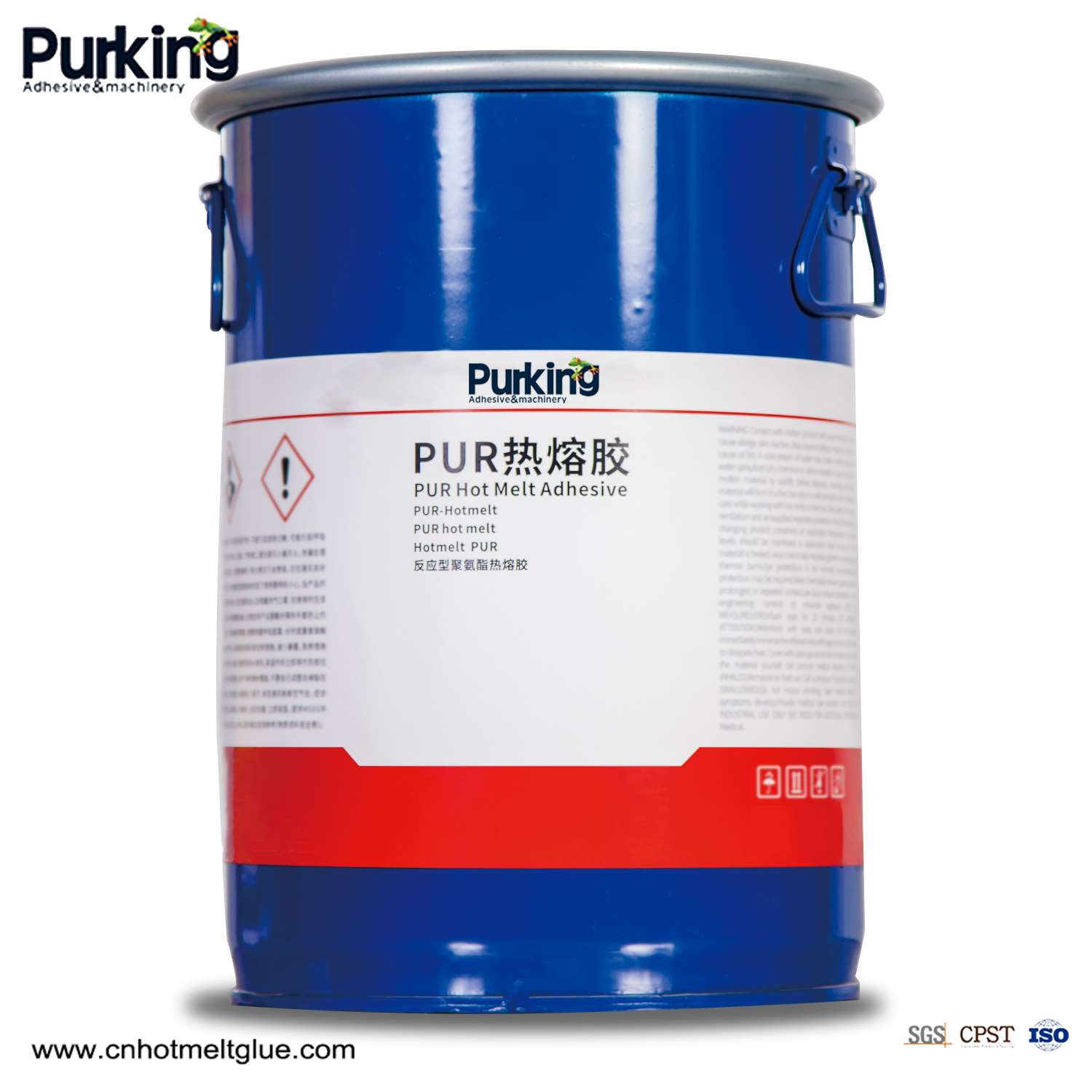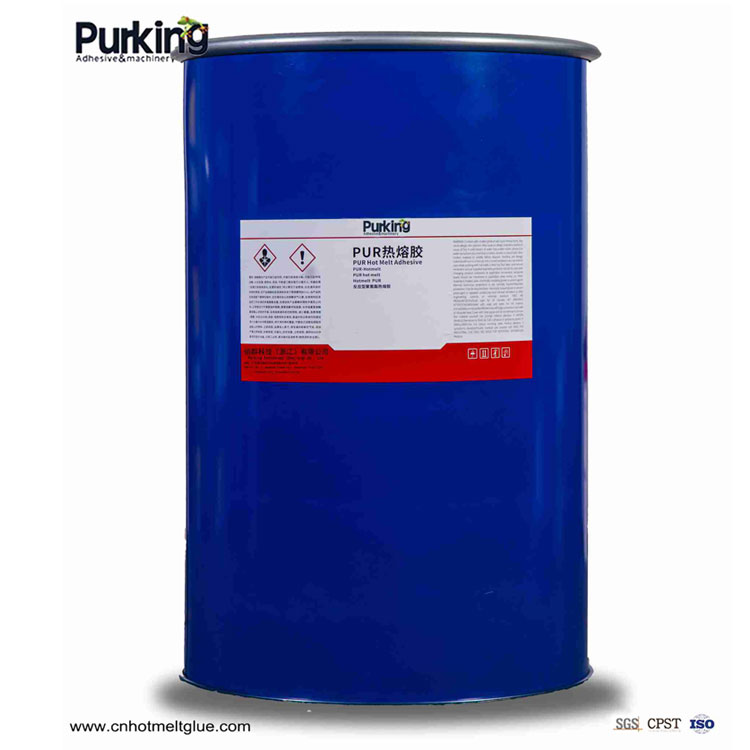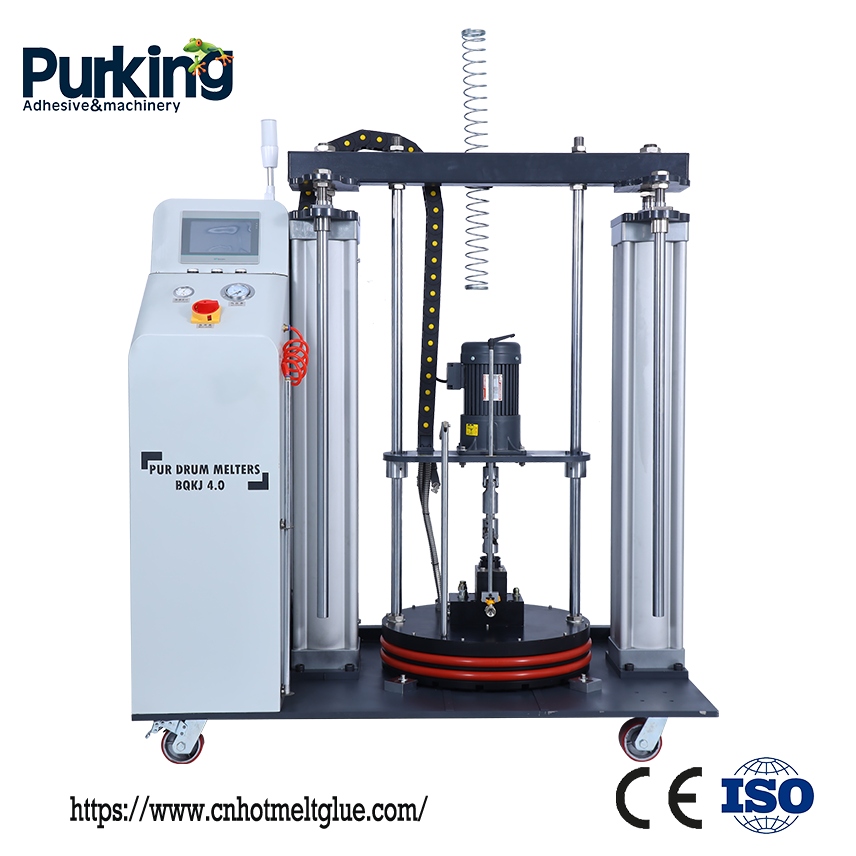With the application of hot melt adhesives and their bonding technology in the textile industry, the classic sewing technology for textiles and fabrics has been replaced by bonding technology, thus saving fabric and sewing thread and increasing production efficiency. In recent years, PUR hot melt adhesives have also been used in large quantities in the manufacture of non-woven fabrics. PUR hot melt adhesives are widely used as garment linings, medical materials, filter materials, polishing sheets, dinner cloths, blankets, synthetic leather, insulating cloths, etc.
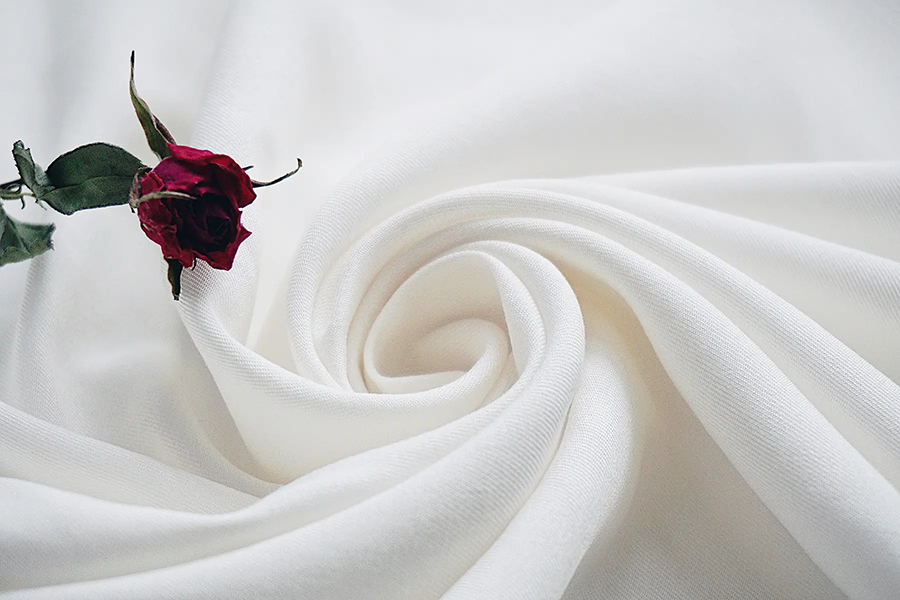
The main adhesive for textile applications is PUR hot melt adhesive. The use of PUR hot melt adhesives must first take full account of the properties and characteristics of the fiber fabric. In addition to the bonding properties of PUR hot melt adhesives themselves, it is more important to consider the washability and handedness of the fibers. Commonly used PUR hot melt adhesive for polyamide fiber, polyester fiber, wool and other fabrics are not good enough bonding performance. In order to make it modified and suitable for the requirements of the fabric, often use tetrachloroethylene, trichloroethylene and other chlorinated hydrocarbon solvents and turpentine as the solvents, and also to improve its agglutination force can also use good dry cleaning resistant polymers, such as copolymer nylon, polyurethane and other adhesives for the base material.

Especially for synthetic fibers, due to their own shortcomings such as easy discoloration, melting, shrinkage and hardening of hand feel when heated, the adhesive is required to have certain water resistance, high temperature resistance, and no resistance to heat and light. Yellowing and non-discoloring, this type of adhesive also requires less dosage, high adhesion, good operability and processing performance, etc. PUR hot melt adhesive has the above characteristics. In order to achieve a satisfactory bonding effect, different measures are taken for different bonding media. For example, the heat resistance of acrylonitrile fiber and acetate fiber is 80~120℃, the heat resistance temperature of PP fiber, nylon and polyester fiber is 160~180℃, and the heat resistance temperature of cotton and linen medium is generally 180~200℃. When using hot melt adhesive, it is necessary to maintain its fluidity at a similar temperature. Although the temperature is too low, although there is fluidity, it is easy to reduce the adhesive force and heat resistance of the adhesive. The copolymer nylon (nylon 12) can reduce the softening point, but also can improve the adhesion, it has good adhesion to almost all materials.
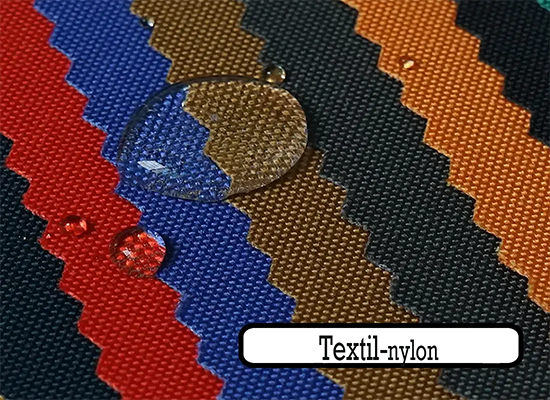
The hot-melt adhesive technology that has been used in fiber fabric products is generally a solid adhesive made of thermoplastic polymer as the base material and melt-mixed with tackifier, plasticizer and antioxidant. , free of solvents and moisture. Therefore, there is no need for drying equipment and drying time, just apply the adhesive with a coating machine and pressurize it to complete the bonding.
If you encounter hot melt adhesive permeability does not work, then the quality of hot melt adhesive on the question mark. We recommend that you must give priority to good qualifications, time and experience of hot melt adhesive manufacturers hot melt adhesive research and development, quality inspection team is also very important, and we Purking in China, the hot melt adhesive we know better and give answers. Contact us now to know our hot melt adhesive story and learn about hot melt adhesive application, Customize the best and most applicable and preferable adhesive for you!
 English
English  Esperanto
Esperanto  Afrikaans
Afrikaans  Català
Català  שפה עברית
שפה עברית  Cymraeg
Cymraeg  Galego
Galego  Latviešu
Latviešu  icelandic
icelandic  ייִדיש
ייִדיש  беларускі
беларускі  Hrvatski
Hrvatski  Kreyòl ayisyen
Kreyòl ayisyen  Shqiptar
Shqiptar  Malti
Malti  lugha ya Kiswahili
lugha ya Kiswahili  አማርኛ
አማርኛ  Bosanski
Bosanski  Frysk
Frysk  ភាសាខ្មែរ
ភាសាខ្មែរ  ქართული
ქართული  ગુજરાતી
ગુજરાતી  Hausa
Hausa  Кыргыз тили
Кыргыз тили  ಕನ್ನಡ
ಕನ್ನಡ  Corsa
Corsa  Kurdî
Kurdî  മലയാളം
മലയാളം  Maori
Maori  Монгол хэл
Монгол хэл  Hmong
Hmong  IsiXhosa
IsiXhosa  Zulu
Zulu  Punjabi
Punjabi  پښتو
پښتو  Chichewa
Chichewa  Samoa
Samoa  Sesotho
Sesotho  සිංහල
සිංහල  Gàidhlig
Gàidhlig  Cebuano
Cebuano  Somali
Somali  Тоҷикӣ
Тоҷикӣ  O'zbek
O'zbek  Hawaiian
Hawaiian  سنڌي
سنڌي  Shinra
Shinra  Հայերեն
Հայերեն  Igbo
Igbo  Lëtzebuergesch
Lëtzebuergesch  Malagasy
Malagasy  Sundanese
Sundanese  Yoruba
Yoruba  Español
Español  Português
Português  русский
русский  Français
Français  日本語
日本語  Deutsch
Deutsch  tiếng Việt
tiếng Việt  Italiano
Italiano  Nederlands
Nederlands  ภาษาไทย
ภาษาไทย  Polski
Polski  한국어
한국어  Svenska
Svenska  magyar
magyar  Malay
Malay  বাংলা ভাষার
বাংলা ভাষার  Dansk
Dansk  Suomi
Suomi  हिन्दी
हिन्दी  Pilipino
Pilipino  Türkçe
Türkçe  Gaeilge
Gaeilge  العربية
العربية  Indonesia
Indonesia  Norsk
Norsk  تمل
تمل  český
český  ελληνικά
ελληνικά  ελληνικά
ελληνικά  український
український  Javanese
Javanese  فارسی
فارسی  தமிழ்
தமிழ்  తెలుగు
తెలుగు  नेपाली
नेपाली  Burmese
Burmese  български
български  ລາວ
ລາວ  Latine
Latine  Қазақша
Қазақша  Euskal
Euskal  Az?rbaycan
Az?rbaycan  Az?rbaycan
Az?rbaycan  Slovensky jazyk
Slovensky jazyk  Македонски
Македонски  Lietuvos
Lietuvos  Eesti Keel
Eesti Keel  Română
Română  Slovenski
Slovenski  मराठी
मराठी  Srpski језик
Srpski језик 